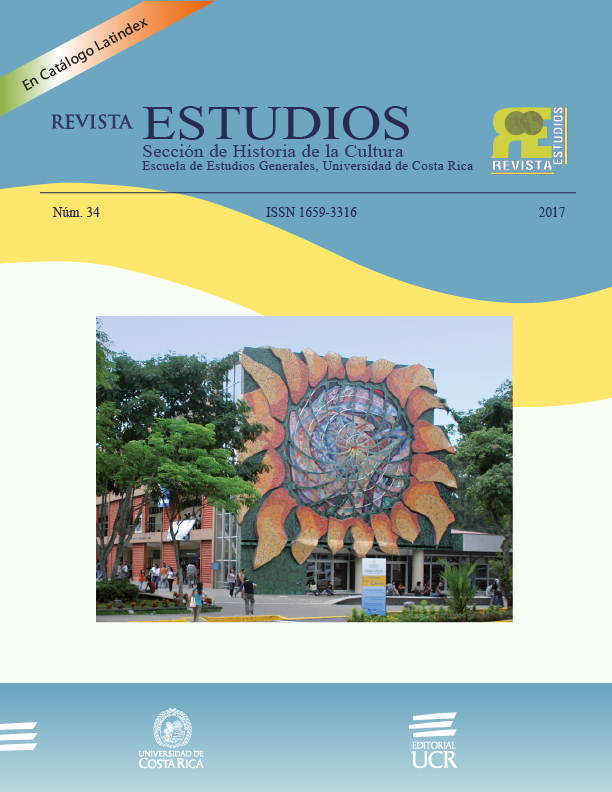Abstract
It is part of understanding through a social analysis the elaborations of identity in modern societies in which it has a fixed territoriality spatiality, while in postmodernity boundaries have been diluted. The societies of hyperconsumption have imposed their rhythm of use and disposal, which also translates into cultural practices of identity in which it does not give way to permanences but to identifications. To get a glimpse as in the continuous flow is the fashion that imposes rhythms, styles, floods the spaces and subject the subjects of their various aspirational programs. Fashion as a possibility to feel part. The lonely human being, who in anonymity pursues; The permanent persecution, the human crisis to reach the rhythms of a society of hunters.
References
Bartra, Roger (2013). Territorios del terror y la otredad. México: FCE.
Bauman, Zygmunt (2007). Tiempos líquidos. Vivir en una época de incertidumbre. Barcelona: Tusquets.
----- (2010). Identidad. Buenos Aires: Losada.
----- (2013). La cultura en el mundo de la modernidad líquida. México: FCE.
Bauman, Z. y Lyon, D. (2013). Daten, Drohnen, Disziplin. Ein Gespräch über
flüchtige Uberwachung. Berlín: Suhrkamp.
Bourdieu, Pierre (1997). Capital cultural, escuela y espacio social. México: Siglo XXI.
Brodkey, Harold (1991). Relatos a la manera casi clásica. Barcelona: Anagrama.
Giménez, Gilberto (1996). “La identidad social o el retorno del sujeto en
sociología”. En Identidad. III Coloquio Paul Kirchhoff. México: UNAM-DGAPA. Disponible en
http://148.206.107.15/biblioteca_digital/estadistica.phpid_host=6&tipo=ARTICULO&id=2109&archivo=7-139-2109erg.pdf&titulo=La identidad social o el retorno delsujeto en sociología
Han, Byung-Chul (2012). La sociedad del cansancio. Barcelona: Herder.
----- (2014). Psicopolítica. Barcelona: Herder.
Leopardi, Giacomo (2014). Diálogo de la moda y de la muerte. México: Taurus.

